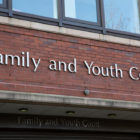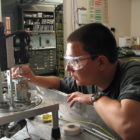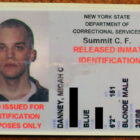
Opinion: Education-minded prisoners thirst for more college prison programs
|
For a chance to earn a college degree while he’s incarcerated, Quantae has traded the matching color scheme and single-person cells of Lee’s young adult unit for concrete-gray quarters the size of a small bathroom that he now shares with another man at Ridgeland Correctional Institution. There he’s been able to enroll at Clafin University, the only college in our state currently using federal Pell Grants for prison education. He had to leave behind the supportive community he’d been a part of at Lee.








